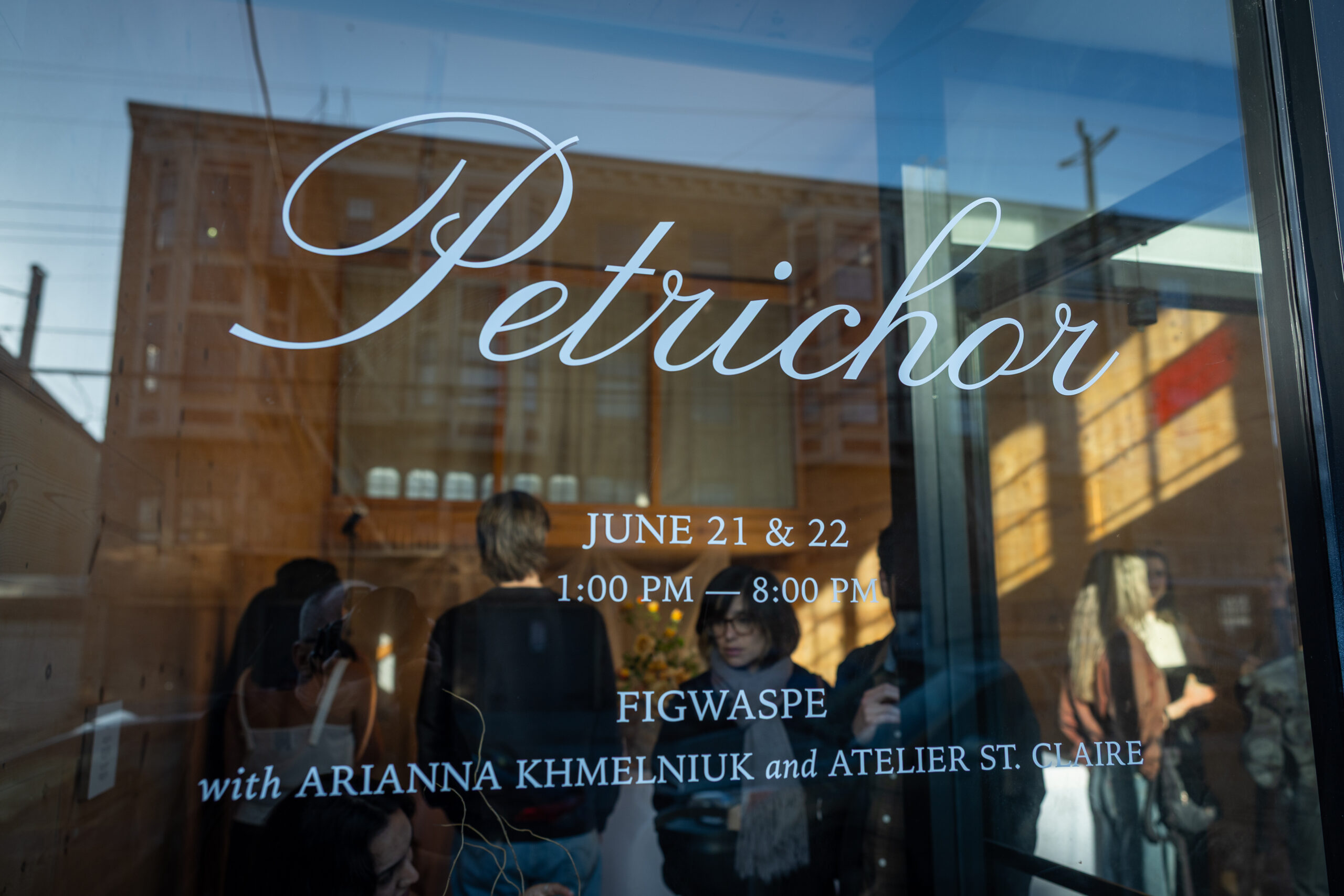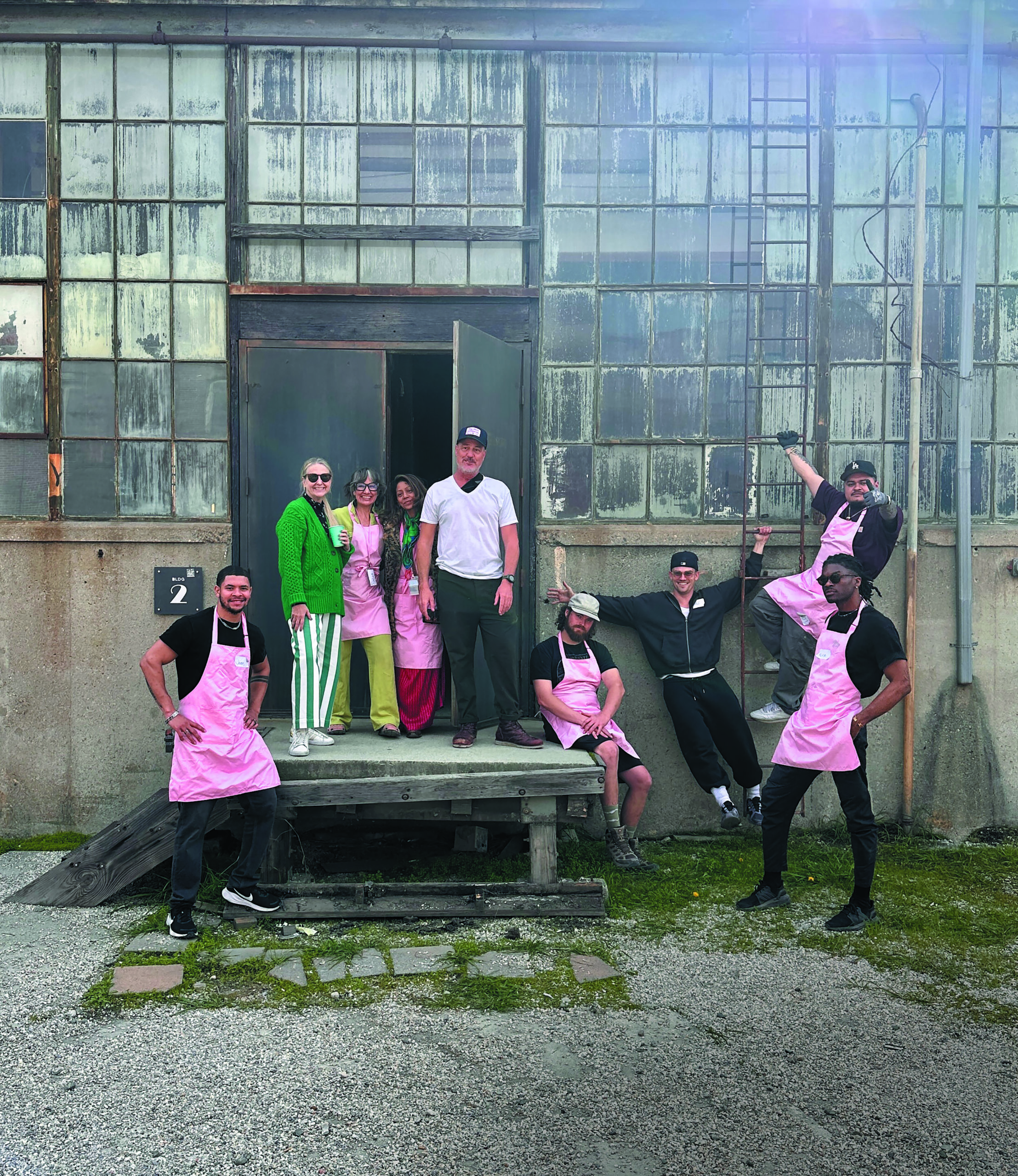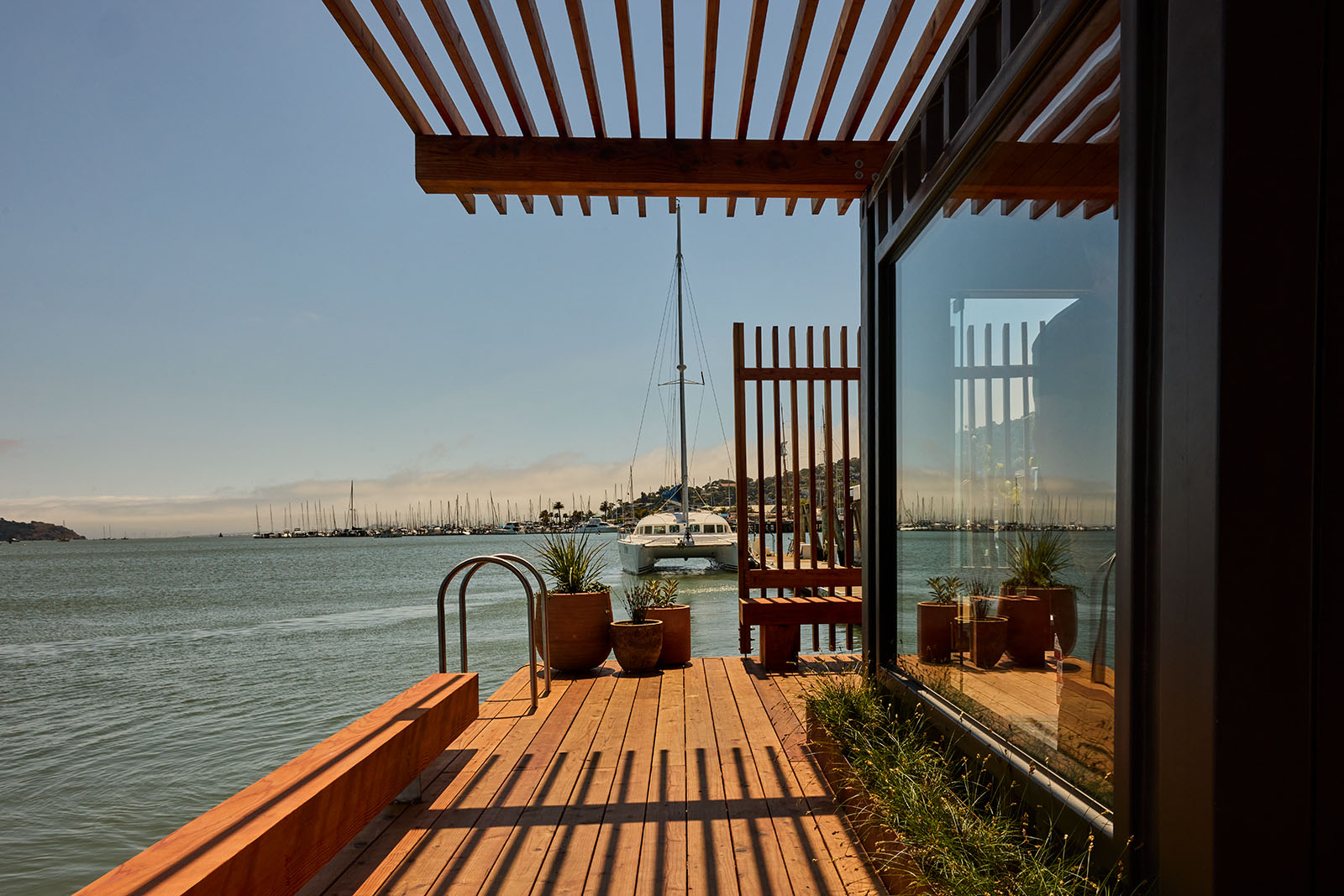Open Studios: Indigo Boy
Author:Lindsey ShookInspired by the color of life, indigo artist Christopher Wrobleski champions an ancient craft using a present-day approach
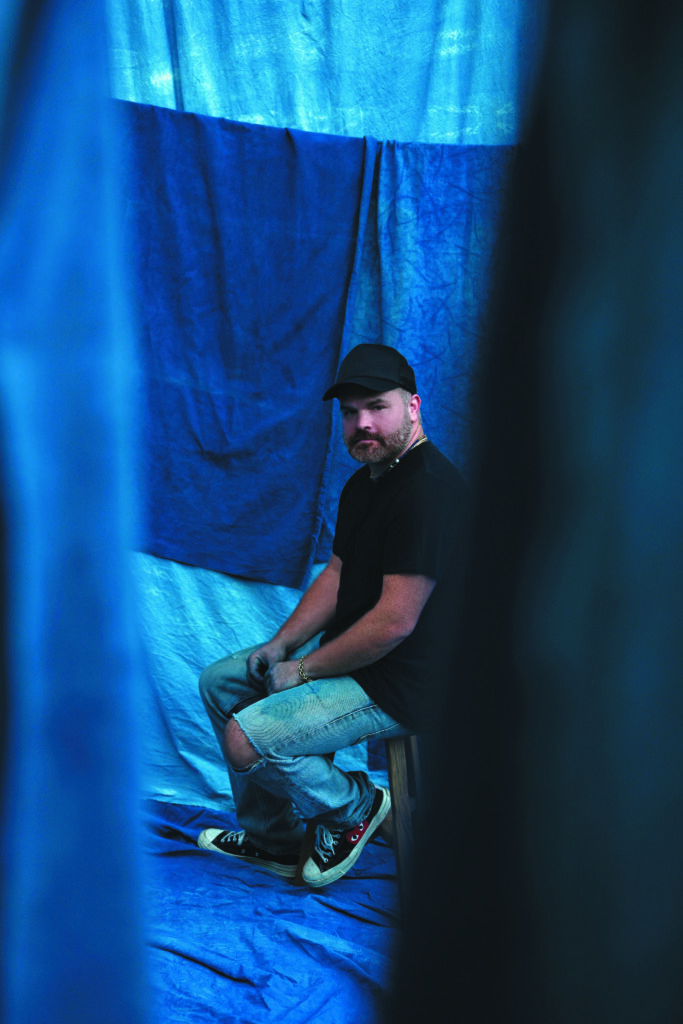
Some of Christopher Wrobleski’s earliest and fondest memories center around the flowing creeks and thick forests in his native state of West Virginia. This is where his enchantment with the colors and texture of nature came alive, which would later shape his destiny of becoming a prolific indigo artist. “Even as a child I was fascinated by natural pigments, and I would find small stones in the creek behind my parents’ house to grind up and make different colors,” he recalls. “I found various limestones that could make a wide range, from sage green to mauve and even blood red. It sparked an interest in plant magic—or science—that would later lead me to indigo. I dyed with indigo for the first time in 2016 and immediately fell in love.”
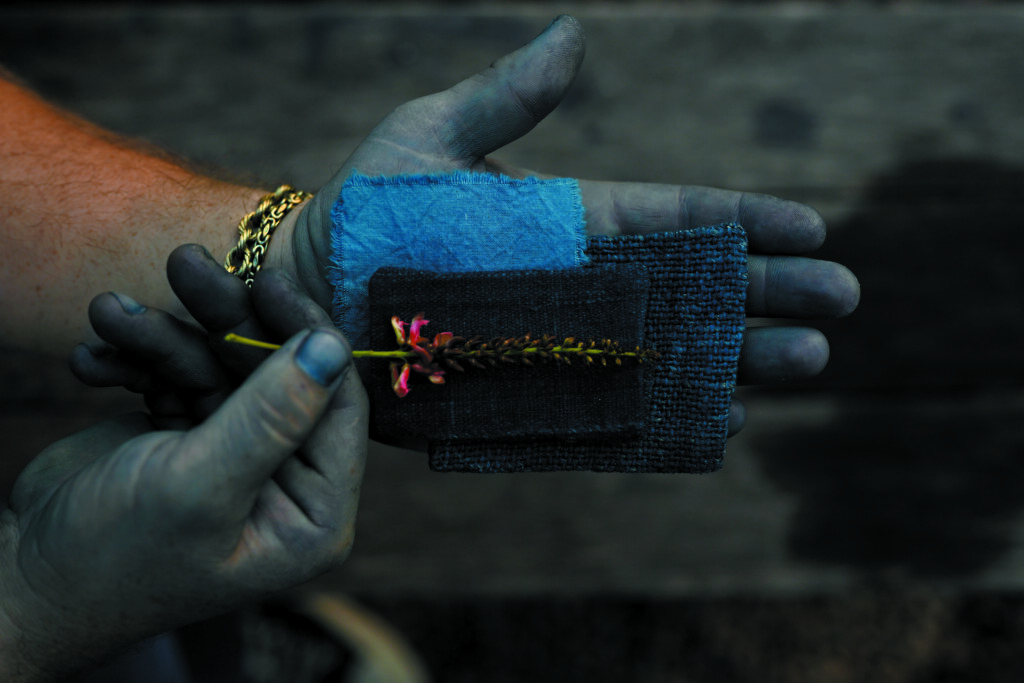
Photography by Johnny Tinahui and Christopher Wrobleski.
The ancient practice reportedly began over 6,000 years ago in Peru, where the first known indigo fabric was created at the Preceramic site of Huaca Prieta on the north coast of Peru. From India to Japan, the process was soon adapted by cultures across the globe. “That’s one of the most amazing aspects of indigo—how it was discovered, cultivated and utilized in so many different cultures from several different species of plants,” Wrobleski says. “It’s a far more complex dying process than other natural dyes, so it’s astounding that anyone was able to figure it out in the first place, let alone thousands of years ago in different parts of the world. There is a dark history surrounding indigo due to colonialism, so I feel very strongly that the original cultures and cultural aspects of indigo need to be acknowledged in any indigo practice.”
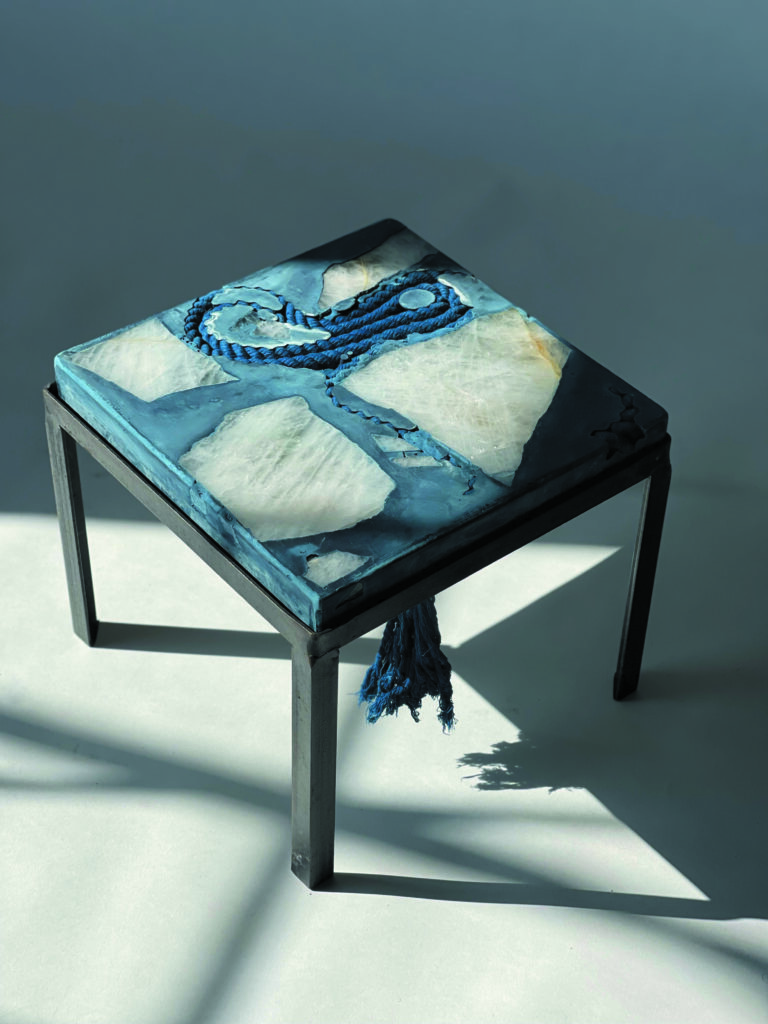
Photography by Johnny Tinahui and Christopher Wrobleski.
Having lived in L.A. now for over 15 years, Wrobleski’s work in film production and art direction paved a path for him to open his own studio, where he has studied the artform in depth, shaping his own translation into canvases, curtains, sculpture and custom upholstery. His work with canvas grabbed the attention of the Levi’s brand, which has commissioned the artist to make installations at several of their flagship stores around the globe, including New York, Tokyo and Madrid. “Indigo has not had much exposure and is predominantly associated with denim,” he says. “I very frequently get referred to as a denim artist even though it is only one type of indigo fabric and not a reference to all fabric dyed with indigo. Similar to modern art, the true appreciation of indigo as a fine-art medium comes with educating people about it, in both its process and its rich, vibrant history.”

